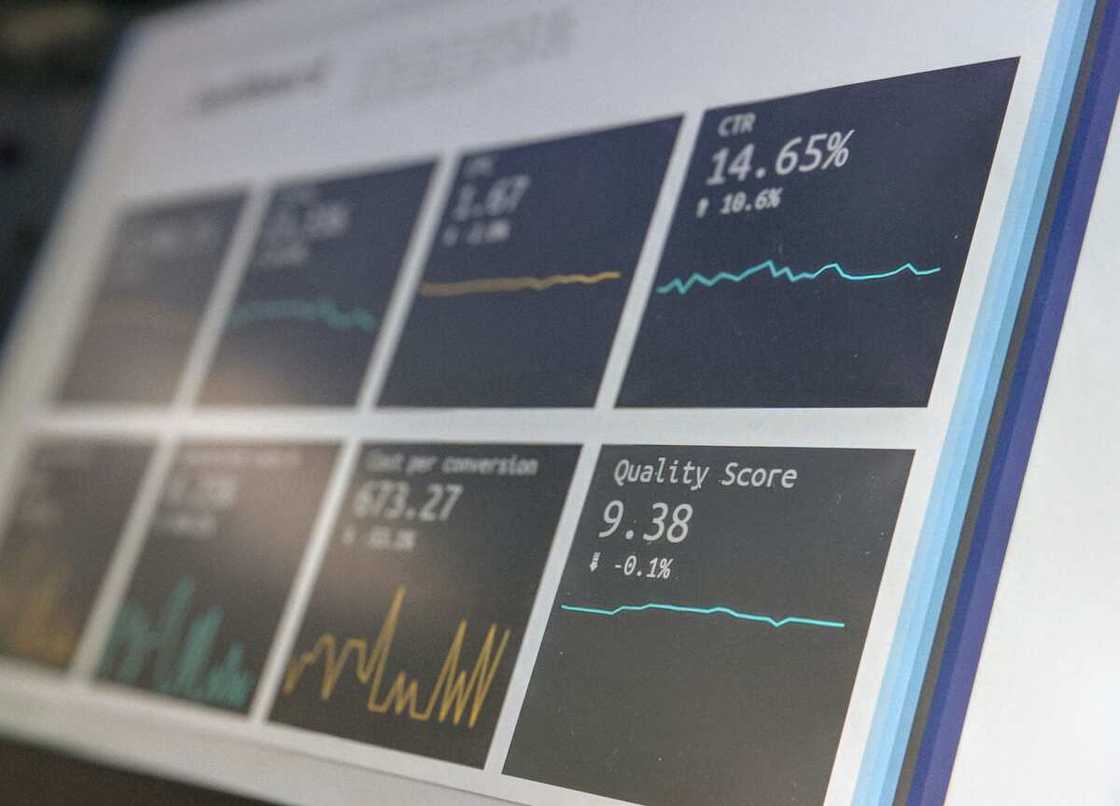Feasibility study example and definition
If you need a feasibility study example, we will give you what you want. We have an amazing example based on the pattern of an investment project. Also, we will explain the definition of feasibility study to you. So, if you have been looking for an answer to this question recently, then you are in the right place to discover it. So, keep reading to find out all you need to know on the subject.

Source: Depositphotos
The implementation of feasibility study is considered to be one of the fundamental aspects of the work of any contemporary enterprise. Depending on the objectives of the study, its mathematical calculation is carried out using various analytical formulas.
What is the definition of feasibility study?
The effectiveness of the feasibility study usually stands for the proportion of the planned income to the estimated costs. When a comparative evaluation of feasibility study is carried out, the planned income, that is suggested to be received from fundraising of a particular part of the population for bank deposits, is analysed. Also, many presumptions, which are called degrees of care, are taken into account. Potential benefits are often underreported in order to carry out a reasonable analysis of planned revenues.
In other words, the main principle of the feasibility study is about finding the perfect quantity time and funds, that will make the organisation really profitable in future. Feasibility is also considered from the optimal ratio of labour intensity and cost of a particular type of research, increasing the reliability of the results obtained, as well as the cost of developing the field. Therefore, the principle under consideration is also expressed in the differentiation of the requirement for categories of reserves.

Source: Depositphotos
This is the general view on the definition of the subject we are discussing today. You can find more detailed information about the feasibility study following the link. Next, we are going to show you the feasibility study example and try to explain its details to you. So, keep reading.
How do you write a feasibility study?
Now, let's review the feasibility study example for an investment project (IP) to make it as clear for you as possible. In this case, the feasibility study for IPs is usually carried out in two stages.
At the first stage, one should calculate the project performance indicators as a whole. Namely, it means making forecasts for the necessary steps to attract potential investors. Local projects evaluate their commercial efficiency, at this point, and, if it is satisfactory, they can proceed to the second stage of the assessment. It is worth noting that if the source and terms of financing are already known, the company should not assess the commercial effectiveness step.

Source: Depositphotos
The second stage of the feasibility study is carried out after the development of a financing scheme. At this stage, it is necessary to clarify the composition of participants and the effectiveness of their cooperation in the IP. You also need to determine how the project is implemented from a financial point of view.
For local projects at this stage, the effectiveness of assistance in the outline of different participating companies and the efficiency of investing in shares of such joint-stock enterprises is determined.
Now, let's review the components of a feasibility study that will be relevant for the IP as well. We will show you its elements in detail so that you know how to make the investigation to the full.
What does a feasibility study include?
Feasibility study example for investment projects has much more processes, and procedures to be performed. That is why we have prepared all the essentials steps for you to study. Use these general principles as the foundation for implementing the feasibility study correctly:
- Consideration of the project and all possible aspects that may occur during its cycle of life (period of billing);
- Modelling cash flows, taking into consideration all the cash inflows that are related to the project and outflows during the billing period;
- Comparability of terms for comparing different projects;

Source: Depositphotos
- A principle of maximum effect and positivity. It is essential for the impact of the IP to be positive in order to make the project itself recognised and effective. When comparing other alternatives of projects, it is better to give preference to the IP with the highest level of effect;
- Considering the time aspect including the dynamic character of the parameters of the project and its economic environment, gaps in time between the production of products or the arrival of resources and their payment, the variation of multi-temporal costs and/or results;
- Accounting only expected expenses and revenues. When you calculate performance indicators, you should take into account only the fees that are coming up during the IP implementation. They include costs which are connected with attracting production assets, which have been created previously, as well as future losses directly caused by the project. Previous resources, which have been used in the project, are estimated not by the costs of their creation, but by the opportunity cost which reflects the maximum scope of the lost profit. This profit is related to their best possible disjunctive use;

Source: Depositphotos
READ ALSO: Starting a business in Nigeria: tips for future entrepreneurs
- Consideration of the most significant consequences of the project. In determining the effectiveness of the IP, all the implications of its implementation, both economic and non-economic, should be taken into account;
- Taking into account the participation of different business partners in the project, the difference between their interests and various estimates of the cost of capital, expressed in the individual values of the discount rate;
- Multi-stage assessment. The project effectiveness is determined anew, with varying depth of study, at various stages of its development and implementation;
- Taking into account the possible impact of inflation (this includes changes in prices for different kinds of products and resources during the period of project implementation);
- Taking into account the effects of uncertainty and risks accompanying the project.
So, these are the main aspects that must be taken into consideration when creating a feasibility study for investment projects. Remember, that this is just an example and it can be modified depending on the specification of the organisation.
What are the types of feasibility study for investment project?
There are six methods for evaluating the effectiveness of investments distinguished today. These methods will be useful to investors, financial analysts, business analysts, and economists. Also, it should be noted that in this context, the word "investment" can mean various investment projects, objects and assets as well. That is, these methods can be widely used in the valuation activity of any corporation. All types of feasibility study methods can be divided into two large groups:
- Statistical methods;
- Dynamic methods.

Source: Depositphotos
Statistical evaluation methods are the most straightforward type of approaches to the analysis of investment and IPs. Despite their apparent simplicity of calculation and use, they allow to draw conclusions on the quality of investment objects, compare them and weed out ineffective ones. They are the following:
- Payback Period. This ratio shows the period for which the initial investment (cost) in an investment project will pay off. The economic meaning of this indicator is to show the period for which the investor returns his invested money (capital).
- Accounting Rate of Return. This is an indicator that reflects the profitability of the investee without considering discounting.
Dynamic methods for evaluating investment projects include:
- Net Present Value (NPV). It is an indicator reflecting changes in cash flows and shows the difference between discounted cash income and expenses. NPV is used to select the most investment-attractive project.
- Internal Rate of Return. It shows the discount rate at which the net present value equals zero.
- Profitability index. It is an indicator of investment efficiency, which shows the return (profitability) of invested capital. The profit index is the ratio of the present value of future cash flows to the value of the initial investment. The economic meaning of this coefficient is an estimate of the additional amount for invested capital.
- Discounted Payback Period. It is an indicator reflecting the period through which the initial investment costs will be paid off.

Source: Depositphotos
We hope that our article has cleared up every necessary aspect concerning feasibility study example, its definition, and the importance of its implementation for creating investment projects. Now you know how to write it, what should be included in the plan, and the methods that can be used for evaluation of all the required calculations.
READ ALSO: How to write a feasibility report for a business?
Source: Legit.ng









